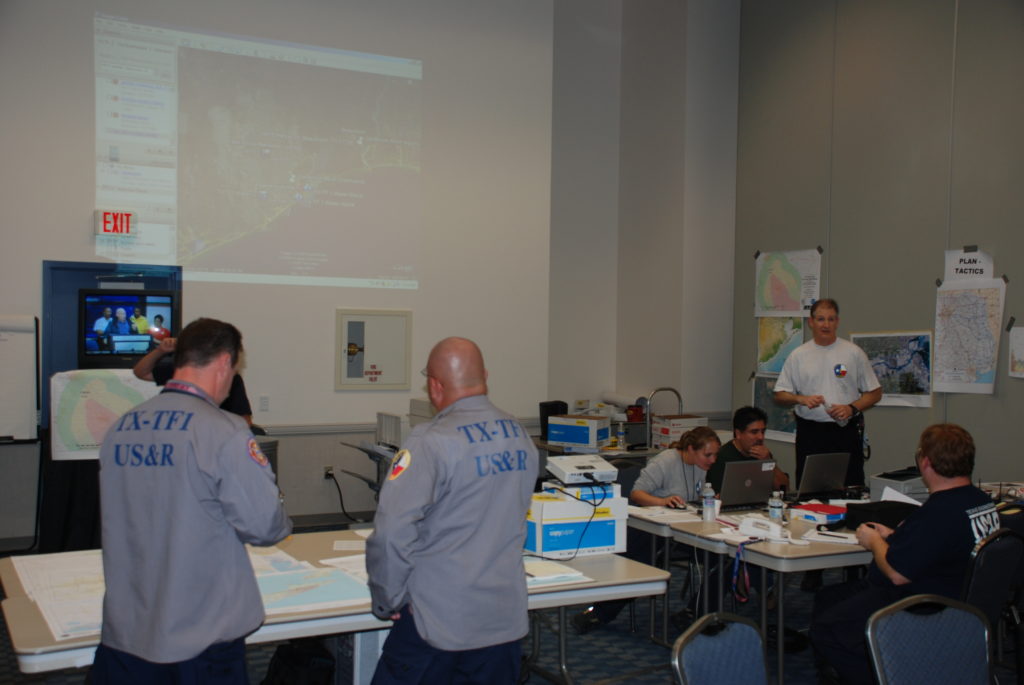The FEMA cache is standardized by FEMA and utilized during all federal deployments and some state deployments. This cache weighs nearly 100,000 pounds and is worth over $7 million. It is specifically designed to allow a task force to be self-sufficient for the first 72 hours of a deployment, and operate with assistance for up to 14 days. The FEMA cache is divided into different types of equipment, described below.
Medical
- Medical primarily provides assistance to ensure the well-being of task force members and immediate care necessary for victims
- Supplies are tailored for an austere environment and lifesaving modalities for crush victims
- Items in this cache include various types of medicines, fluids, blankets, tracheal tubes, defibrillators, burn treatment supplies, bone saws, and scalpels
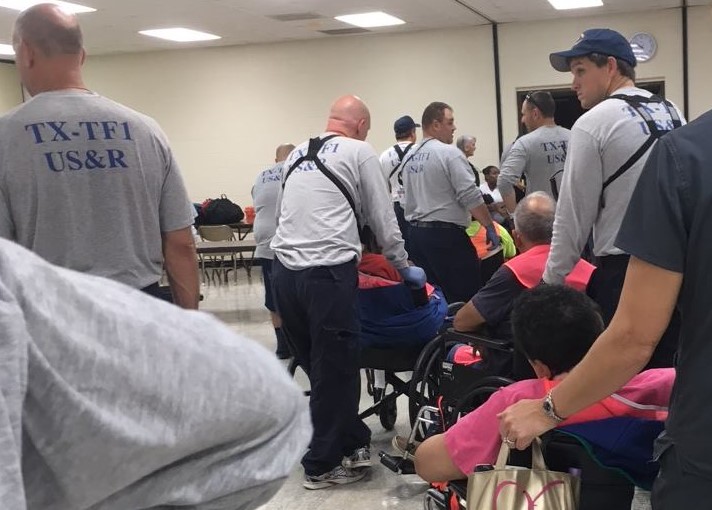
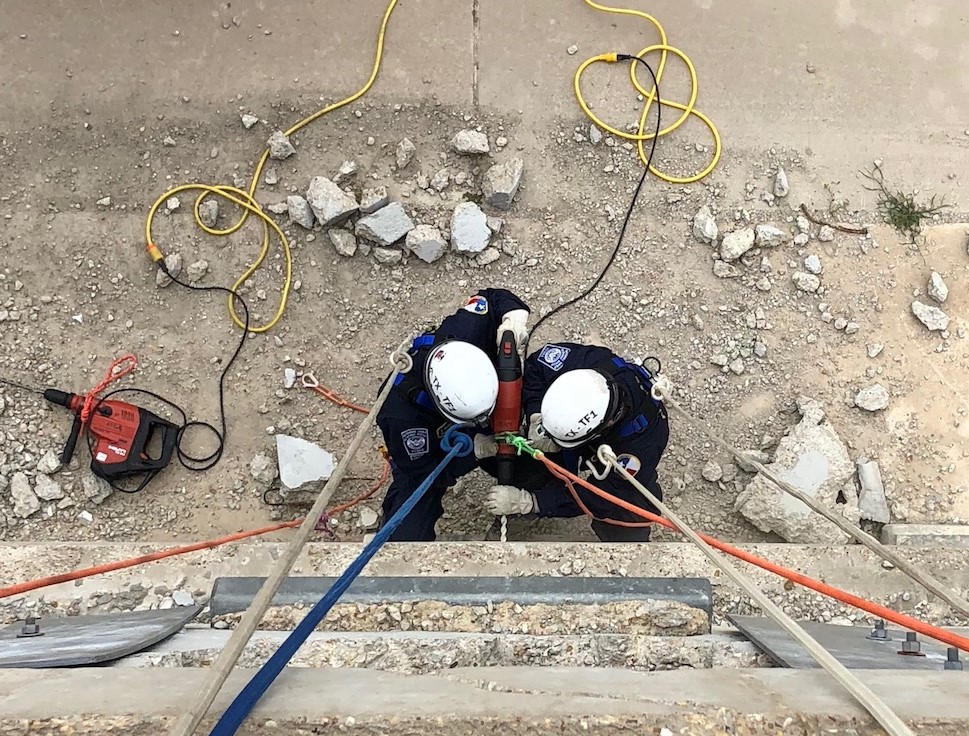
Rescue
- Rescue primarily uses supplies to safely reach trapped victims by conducting breaching and breaking
- Supplies include concrete saws, concreate breakers, coring tools, jackhammers, drills, lumber (to create shoring systems), rope, hydraulic jacks, hydraulic rescue tools, airbags, and heavy rigging equipment (used to gain access to and extricate survivors from collapsed structures)
Communications
- Communications allows the task force members to stay in contact and be notified after finding a victim or in case of an evacuation
- Equipment includes generators, lights, multi-band radios, repeaters, cellular devices, laptops, satellite radio/phone/internet, LAN, WAN, POT telephone systems, as well as other specialized electronic equipment and communications equipment.
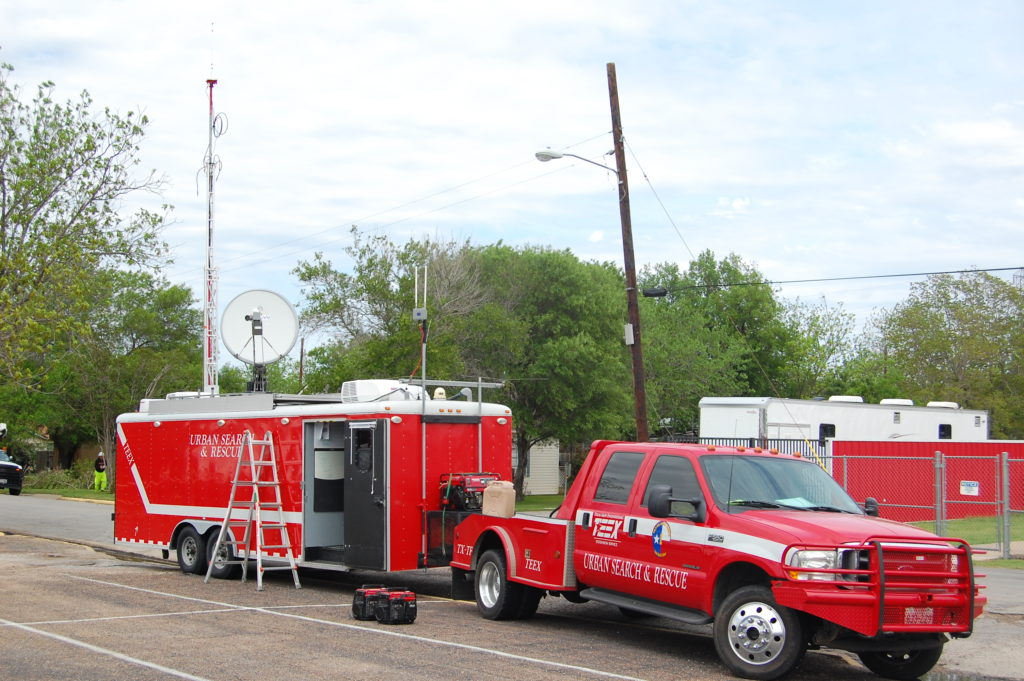
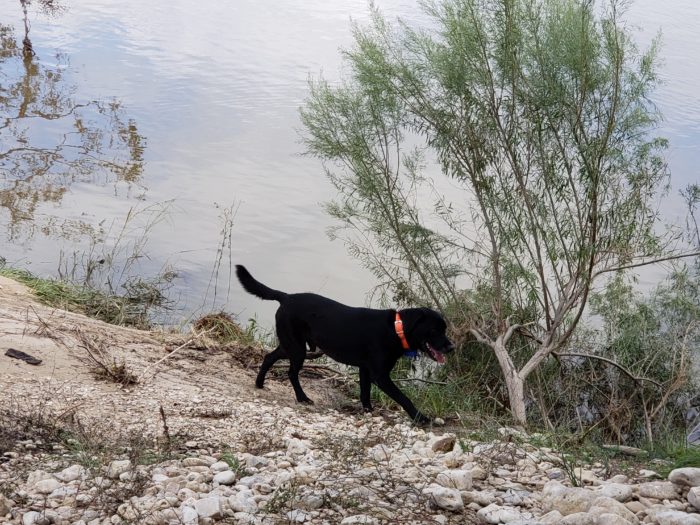
Search
- Search primarily utilizes several electronic tools that enhance the searchers’ abilities to locate survivors in parallel effort with the Canine Search Teams.
- Supplies include snake-like cameras (used to peer into void spaces that personnel and canines cannot access), thermal imaging cameras (used to find survivors that are warmer than their surroundings when there is low visibility), sensitive listening devices (utilized to help triangulate the area where survivors are buried deeply in a rubble pile).
Logistics
- Logistics take care of any and all needs that the team requires to safely and successfully accomplish their mission.
- Logistics is responsible to establishing a Base of Operations (called a BoO), the BoO can be a series of specialized tents or can be an existing fixed facility. The BoO is the brain-center of the Task Force, Command & Plans is based there and the time typically eats and sleeps there when not engaged in field operations.
- Supplies that Logistics carries includes sleeping bags, cots, food, water, cold weather gear, as well as many different items that might be used in the field and may require replacement like blades, bits, and replacement parts that are critical to the continued operation of the entire equipment cache.
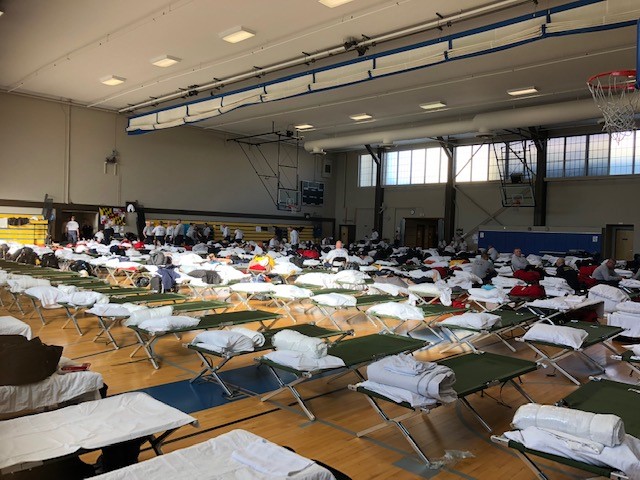
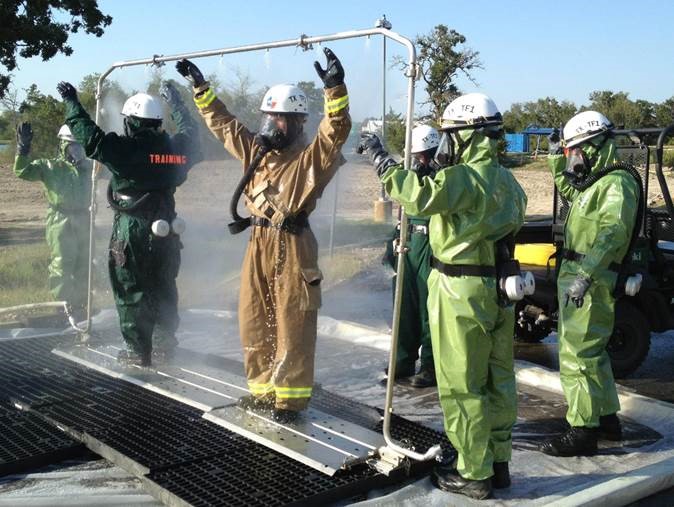
Hazardous Materials
- HazMat primarily monitors the environment for any signs of danger towards victims or task force members
- Utilizes chemical and radiological monitoring equipment to clearly delineate:
- cold zones (not affected)
- warm zones (working area where survivors may be located)
- hot zones (area too dangerous to enter)
Plans
- Plans is responsible for:
- Managing the preparation of strategies and plans for the incident and submits incident situation reports.
- Preparing, collecting, evaluating, disseminating, and using incident information to develop the Incident Action Plan (IAP).
- Providing calculations on potential operational needs and incident course of actions.
